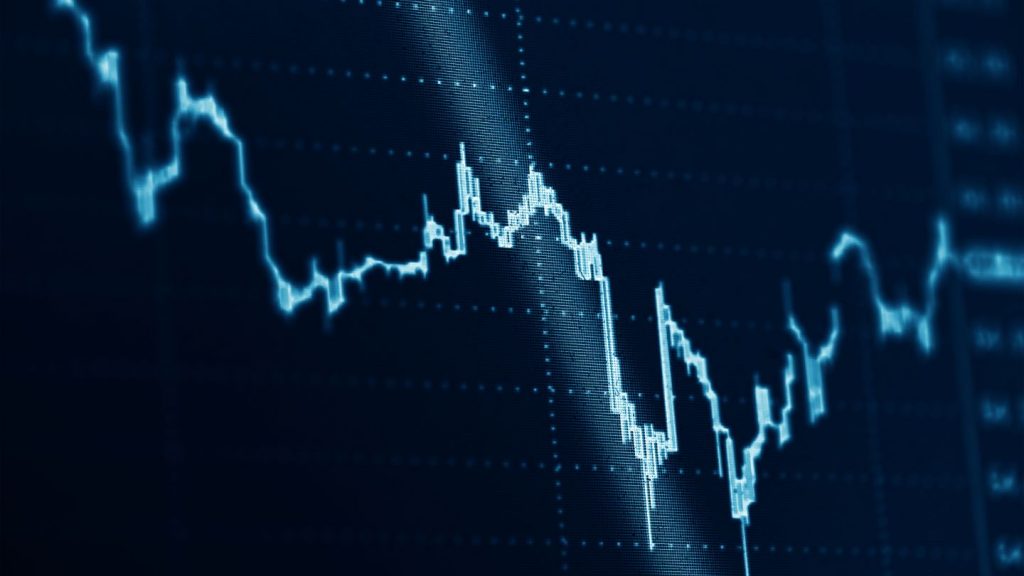In the ever-evolving landscape of data analytics, the relationship between economic and political metrics and their influence on investment domains has become an indispensable focus for discerning analysts. This exploration extends its reach to markets like the S&P 500, Dow Jones, and Forex trading. The New York Stock Exchange (NYSE) emerges as an epicenter, orchestrating a dynamic interplay between titans of industry, such as Apple, Microsoft, and Amazon. It becomes evident that each market dances to the tune of distinct metrics, shaping strategies and charting pathways to informed decision-making.
See the referenced dashboard here.
The New York Stock Exchange: A Hub of Global Market Activity
The New York Stock Exchange (NYSE), established in 1792 as the first American stock exchange, stands as the premier financial marketplace in the United States and holds significant influence on the global economic landscape. Renowned for hosting the S&P 500 and the Dow Jones Industrial Average, two pivotal index funds, the NYSE accommodates a plethora of industries ranging from healthcare to real estate. Within its fold, a select subset of the 2,800 companies listed on the NYSE shapes the core of most index and mutual funds. Noteworthy among these are multinational giants such as Alphabet, Apple Inc., Microsoft Corp., and Amazon.com Inc., each commanding valuations in the trillions. As we delve into this realm, we contemplate the interplay between key economic metrics including housing, unemployment, and interest rates, dissecting their correlation and the extent of their influence on the stock market.
A Glimpse into the Forex Market: Navigating International Currencies
The Foreign Exchange Market, also known as the Forex, is the international currency market. In order to evaluate currencies, the Forex uses the exchange rate of a currency pair. Pairs such as EUR/USD, USD/JPY, and GBP/USD are popular among Forex traders. Many investors hypothesize that there are distinguishable patterns in currency markets, but this theory is highly criticized. One interesting thing about the Forex is that it is a true 24-hour market running from 8 AM New Zealand time on Monday to 9 PM GMT on Friday. In the case of the Forex, it would make sense that political events would hold a lot of weight in the value of a country’s currency. The Russian Ruble for instance has plummeted ever since the beginning of the war with Ukraine.
In France, both the primary election and the final vote were held in April 2022, the 10th and the 24th respectively. In 2022, President Emmanuel Macron won the final vote with a 59% approval rating. While there was no significant change after the primary election, there was a severe drop in the value of the Euro after the final vote was held. The Euro is a currency which is affected by factors across Europe so in this analysis I attempted to see if there were any other major political/economic events at the time in Europe. While there were many events in the beginning of April the only other event around the time of Macron’s victory was a cut off of gas to some Eastern European countries by Russia (4/26/2022). However, this event does not seem to line up with the drop in value.
Source Selection and Methodology
I initially tried to find a live datasource to get real-time information from the NYSE and Forex. However this came with many problems. Live data would have to be connected to a database which would update periodically. Out of the options that worked, none that I personally found had a built-in update period. Additionally, identifying trends would likely be harder immediately after an event as opposed to looking back at a period as a whole. While exploring my options I came across Google Finance which allows users to input stock data directly into Google Sheets. Since Google Sheets natively integrates into Knowi, this option was a no brainer. With the simple command “=GOOGLEFINANCE(“CURRENCY:EURUSD”, “price”, DATE(2022,1,1), DATE(2022,12,31), “DAILY”)”, for instance daily closing exchange rates of EUR/USD from 2022 would be imported seamlessly.
Untangling Market Dynamics: Unemployment’s Impact
Focused investigation into the Dow Jones Industrial Average and the Standard & Poor’s 500 delved into the nexus between the United States’ unemployment rate and market performance. Crafted widgets computed the average monthly market values by juxtaposing them against yearly averages, uncovering compelling insights. A database teeming with US unemployment rates facilitated this exploration. Notably, unemployment rates surged into the league of top five predictive factors for market trends. The resonance of this factor became apparent in 2022 as the US unemployment rate oscillated between 4% and 3.7%. Intriguingly, the S&P 500 charted a corresponding trajectory, plunging to its lowest monthly average for the year in October, a substantial 9% below the annual average.
Navigating Political Significance in the Forex
Political events and their ramifications transcend into the Forex, influencing currency dynamics. Consider the 2022 French presidential elections; President Emmanuel Macron’s victory with a 59% approval rating correlated with a substantial drop in the Euro’s value. While intricate European events encompassed this juncture, a singular event, Russia’s gas cutoff to Eastern European nations, failed to fully align with the currency’s slump. A further twist emerges from the 2022 Philippine presidential elections, which remarkably featured an 83% voter turnout and a 58.8% popular vote for the victor, Bongbong Marcos. Counterintuitively, the Philippine peso depreciated by 1.4% against the USD on election day.
Unraveling Correlations Across Elections
Concurrently held elections in different nations offer an opportunity to gauge the Forex’s response to political events. Analyzing the South Korean and Philippine elections’ impact on the KRW/PHP currency pair revealed subtle currency fluctuations devoid of a pronounced trend. In the wake of the assassination of Shinzo Abe, Japan’s House of Councillors elections yielded stabilization in the JPY/USD pair, followed by discernible shifts.
Tariffs and Economic Warfare
On April 2nd of 2018, the Ministry of Commerce in China imposed tariffs on 128 items from the US. On April 3rd, just one day after China’s tariffs, the US responded with levies on over 1000 Chinese goods. This volley of tariffs continued until the 5th of April. In the CNY/USD pair which I investigated in Knowi, there was no significant change in the beginning of the month when the tariffs were first imposed. There was a drop in the value of the currency pair later in the month which could be attributed to the tariffs beginning to take effect.
Concluding Insights: Unveiling Market Trends
The biggest observable trends in the data analyzed were from comparing the unemployment rate with the NYSE. In the stock data from 2022 it seems that whenever unemployment rates spike, there is a subsequent drop in the stock market. Another trend was that after a few of the presidential elections there was a drop in the currency when compared to the US dollar. In most of the other events I analyzed, there was either no change or a neutral effect on the market. As I originally suspected, these markets are influenced by a plethora of factors so in the vast majority of cases a more in depth analysis would be required to begin observing trends in the data. It also seems evident from the lack of influence economic factors hold on the Forex Market that each financial market’s status is dictated by unique factors. Overall, more research would have to be conducted to verify the findings I discovered in my limited analysis.






